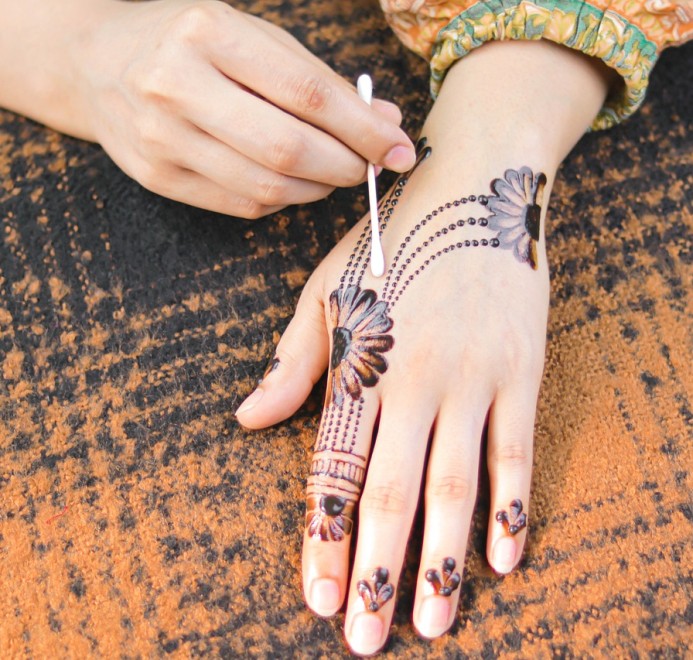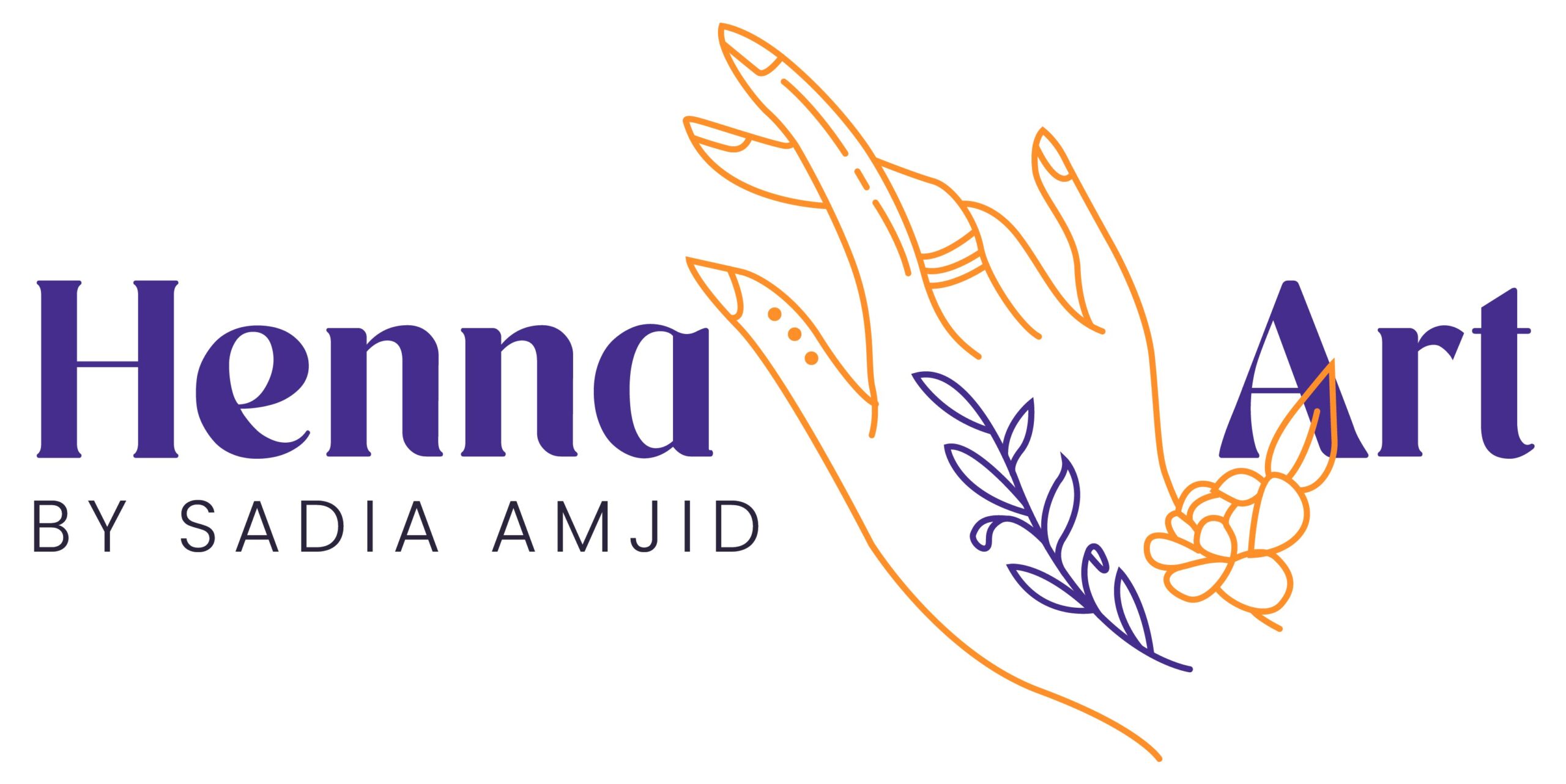
Henna, known as “mehndi” in many parts of the world, has a rich and fascinating history that dates back thousands of years. Its use spans across multiple cultures, from the ancient Egyptians to the modern-day beauty industry. The practice of applying henna is believed to have originated in Egypt, where it was used to dye hair, nails, and skin, not only for beautification but also as a protection against the harsh sun. Over time, its use spread across the Middle East, North Africa, and Asia, where henna became intertwined with various cultural practices and ceremonies.
In ancient India, henna was used for weddings and festivals, symbolizing joy, prosperity, and fertility. Traditional henna patterns often had symbolic meanings, with motifs like paisleys, peacocks, and floral designs signifying different cultural beliefs. As henna art continued to evolve, it became a global phenomenon, embraced by people of all backgrounds for its intricate designs and cultural significance.
Today, henna has become a form of self-expression, art, and fashion. From weddings to festivals and casual body art, the application of henna is more popular than ever, with modern designs blending both traditional and contemporary elements. The history of henna serves as a reminder of its enduring beauty and relevance in our lives.
Henna’s Significance in Ancient India
In ancient India, henna was an integral part of weddings and festivals, symbolizing joy, prosperity, and fertility. Traditional designs, such as paisleys, peacocks, and floral motifs, held deep symbolic meanings, representing various cultural beliefs. These cultural ties helped henna grow in significance, particularly in weddings, where it became a central element of celebration and beauty.
Henna’s Timeless Appeal
The timeless appeal of henna serves as a reminder of its cultural richness and its ability to unite people through artistry and tradition. As henna art continues to evolve, it remains a beloved practice, celebrated across cultures and generations.


Call Now